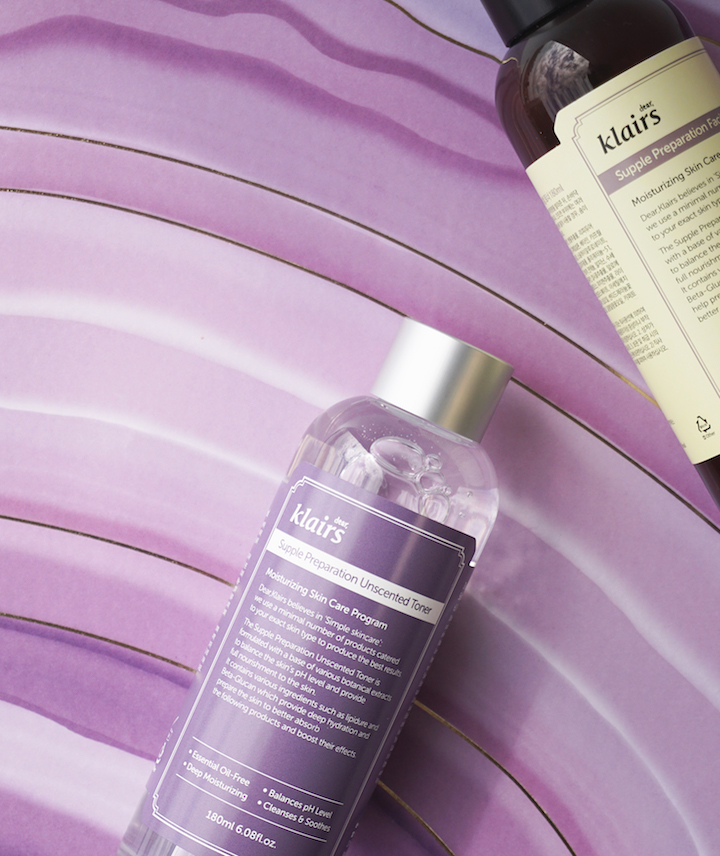Ferment Sensitivity or Fungal Acne? You Can Still Get That Glo-Up — Here’s How
In K-beauty, we love fermented ingredients for all their skin-loving benefits. But what if you’re sensitive to ferments or suffer from fungal acne? (Fungal what??? Yup, it’s a thing.) Here, how to tell if you are and how you can still get that glo-up regardless. (Because nothing should stop us from pursuing that glow.)
If your skin is anything like mine, you’ve come upon a new skincare product on the Instagram story of one of your favorite skincare bloggers only to look up the ingredient list and exclaim something along the lines of, “Oh no! It’s got galactomyces in it.” You sigh defeatedly and feel a little jealous of the lucky folks who can use said product without consequences and wonder if your skincare routine is missing something important because of your sensitivity.
Well, I’ve got news for you. You too can experience the same glo-up as your Missha FTE-slathering counterparts without your skin activating a self-destruct sequence. But before we discuss product alternatives, let’s talk a bit about ferments in skincare and some of the adverse reactions (hello fungal acne!) some people have to them.

What are ferments?
For a few years now, ferments have been a very prominent part of the Korean skincare scene. Pretty much every brand has a “first essence” or serum chock-full of this hydrating and firming class of ingredients.
What exactly is fermentation in skincare? Essentially, it’s the process of adding microorganisms like bacteria to natural ingredients. These microorganisms break down the enzymes in said ingredients to make them easier for skin to absorb, leading to benefits like increased hydration, skin plumping, and so on. Unfortunately, a lot of the ingredients found in the resulting ferment-heavy skincare products can trigger a whole host of other problems, which I’ll outline below.
Ferment sensitivity
If you’ve completed Skincare 101, you know the basics — stuff like skin types, active ingredients, and the different types of acne you could be troubled with. Usually absent in the rundown of usual acne suspects is fungal acne. Pityrosporum folliculitis technically isn't acne; it’s a skin condition that presents in a manner similar to acne and is caused by an imbalance of good and bad bacteria in the skin. More specifically, the proliferation of the fungus malassezia, helped along by the skin’s natural sebum and certain components of popular skincare.
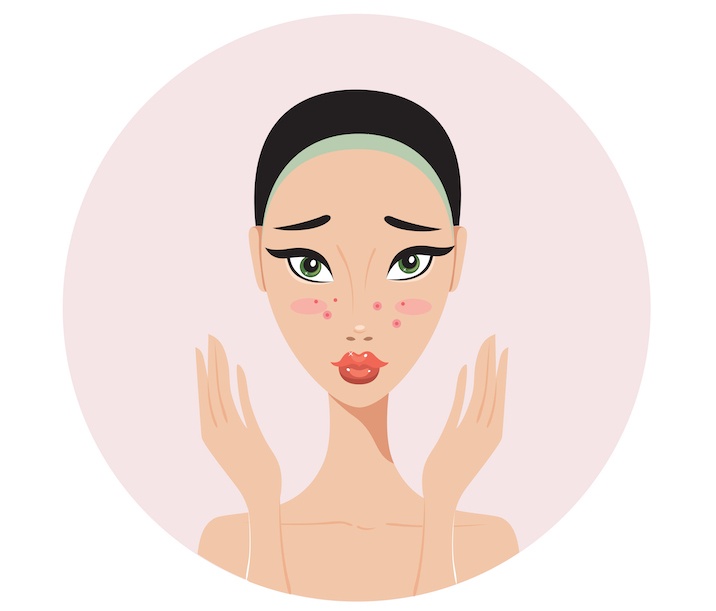
So how can you tell if you suffer from ferment sensitivity or fungal acne? Symptoms on the face usually manifest as blemishes that present as small comedones, commonly around the T-zone, but sometimes around the U-zone. These bumps from hell are often painful and itchy, and resist traditional acne treatments. You could slather snail mucin on these suckers from now till kingdom come and they still wouldn’t budge. Fungi such as galactomyces tigger an increased activity of a protein in humans linked to certain skin diseases, therefore making fungal acne worse. Although research on the possibility of experiencing the same phenomenon with saccharomyces is scant, it’s wise to avoid products that include it as well. On the other hand lactic acid bacteria like lactobacillus seem OK to use.
Yup, I’ve got ferment sensitivity. So what do I do?
As with any serious skin condition, the first thing to do is to reassess and simplify your routines. You’ve gotta figure out what could be triggering the breakouts, stop using them, and introduce products that are beneficial to your skin’s recovery process. In the case of fungal acne, the following things should be avoided in addition to yeast ferments as they will only make things worse.
Most fatty acids and oils
It’s like you were taught in nutrition class — fatty acids are a great source of nutritional benefits for the body and an essential part of a healthy diet. They also work wonders for skin. But if you suffer from fungal acne, they function as a lipid source that yeast thrives on by absorbing nutrients that aid in its asexual reproduction. Some of the more common iterations in skincare are lauric, myristic, palmitic, stearic, oleic, and linoleic acids.
Esters
These are a combination of alcohol and fatty acids. Common examples are isopropyl palmitate and glyceryl stearate.
Coconut oil
Contrary to the popular line about its anti-fungal properties that’s constantly bandied about, coconut oil is comprised of 47% lauric acid, which is a real good friend to malassezia and will aggravate fungal acne. The same thing applies to neem oil.
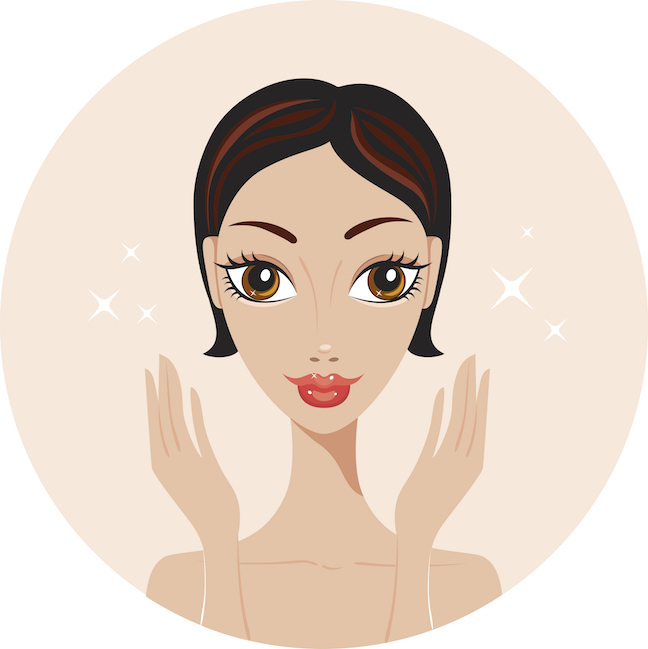
Ferment alternatives
Skincare FOMO can be the pits, but there are a ton of great products that you could look to for the same benefits professed by the makers of fermented skincare. And the great thing is, by swapping out the causative products in your routine for non-problematic ones, you’ll be killing two birds with one stone. In addition to banishing your fungal acne woes, you’ll also be providing your skin with some much-needed benefits.
If what you’re after is a brighter complexion, consider products with star ingredients such as vitamin C, which helps with hyperpigmentation and improving skin texture. The Tiam My Signature C Source serum has remained a favorite for many in the beauty community through many rebranding cycles.
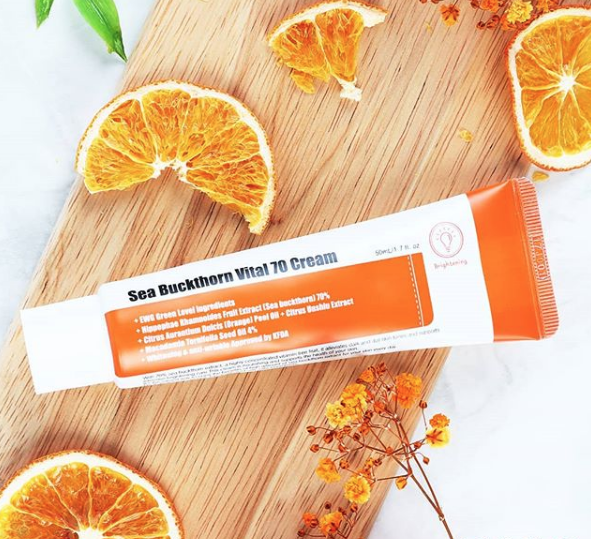
If you’d rather stay away from chemical exfoliation, try this moisturizer from popular newcomer Purito. It’s rich in vitamin C as well thanks to a 70% concentration of sea buckthorn extract and will have you well on your way to glowing skin.
For thirsty skin in need of hydration, stock up on products rich in hyaluronic acid like the Klairs Supple Preparation Toner. It’s a personal favorite of mine and leaves my skin with a feeling akin to drinking a tall, cool glass of water. The ingredient list also features betaine, licorice extract, and Centella asiatica extract, which possesses skin-soothing, moisture-balancing properties.
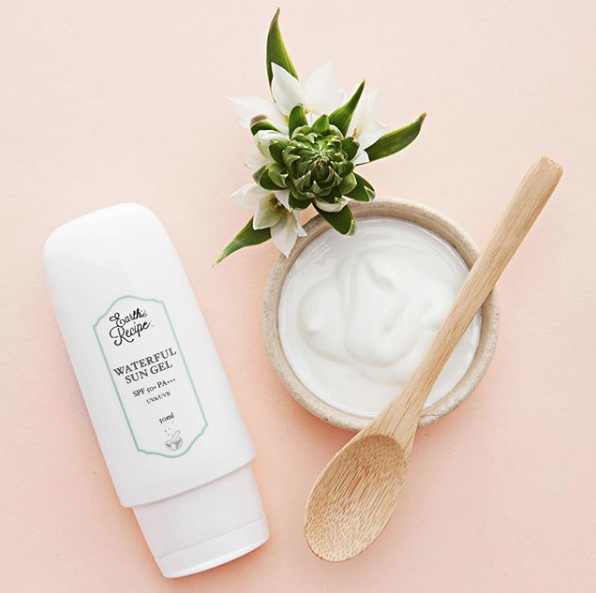
Trying to get ahead of the aging process? Vitamin C and hyaluronic acid are great for fighting lines and wrinkles in addition to all of their other benefits, but it’s also important to combat the number one cause of aging skin — UV rays. Sunscreen is your first defense against premature aging, worsening hyperpigmentation, and even skin cancer and is arguably the most important product in your skincare wardrobe. It is vital that you use a product with at least SPF 30 daily and in the recommended amounts. Try the Earth’s Recipe Waterful Sun Gel or Missha’s All Around Safe Block Aqua Sun Gel for a non-sticky, white cast-free finish.
Skincare is a journey, and we’re constantly in the process of figuring out what works for us. It’s like many in the Asian Beauty community say — “Your mileage may vary.” Just because a certain ingredient is popular doesn’t mean it’s suited to your skin type or that you’re necessarily missing out on something important. It’s also important to remember not to put pressure on ourselves to attain mythical, 100% blemish-free skin that reflects sunlight like the shiniest glass. Skincare should be fun and should be about self-care. So this year, make a note to focus on the aspects that make you feel good.
Do you suspect you have a ferment sensitivity or fungal acne? Share your experience below!
Loading...
